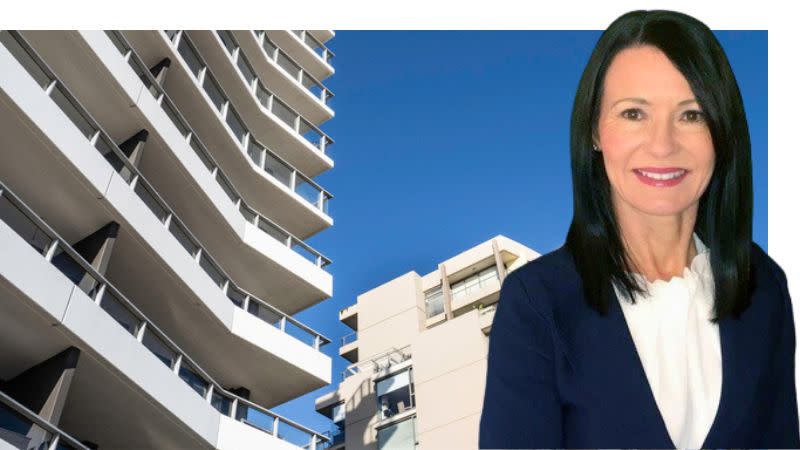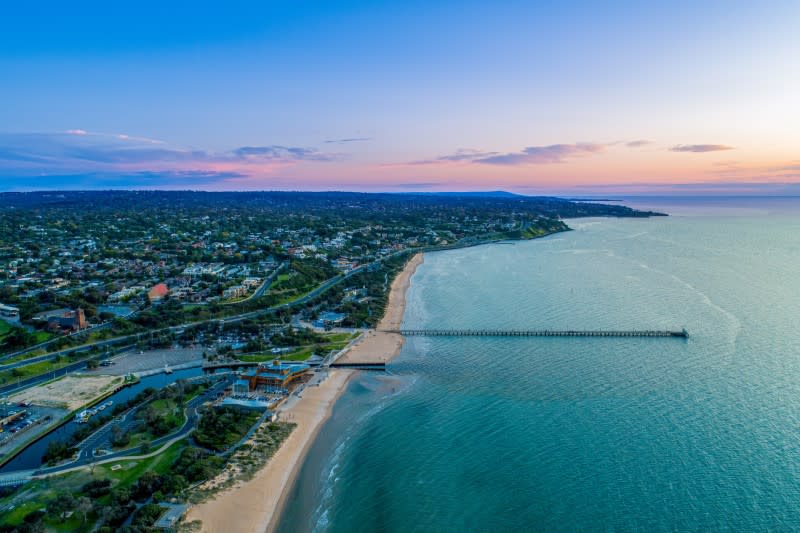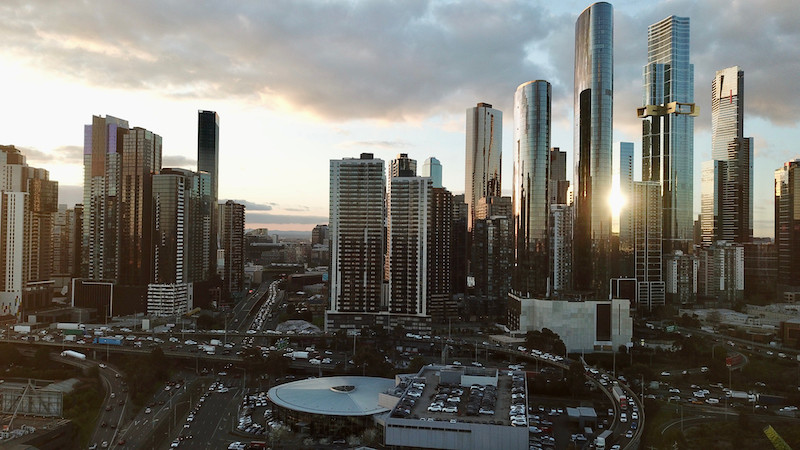
Townhouses up to three storeys will be fast-tracked for approval as part of an overhaul of the Victorian planning code.
The Victorian Government announced a raft of changes this week—and the property industry is divided on potential impacts.
While the move to fast-track townhouses through metropolitan councils was welcomed, there are concerns the housing capacity targets will exacerbate housing affordability issues.
And developers will also face a new development contribution for some projects.
Under the change, new homes up to three storeys can be fast-tracked for approval, with conditions around issues including setbacks, open space, sustainability and energy efficiency.
While neighbours affected by proposals will be able to have a say, third-party appeals at the Victorian Civil and Administrative Tribunal (VCAT) will not be allowed.
If a neighbour is found to be affected, the project will revert to the usual planning process.
The state said there were 1.45 million lots within key metropolitan suburbs that could be affected by the change.
Property Council Australia Victorian executive director Cath Evans said tax concessions were needed to make such projects more feasible.
“The ... unified code for townhouses will provide clarity for the sector and facilitate more homes across Melbourne,” Evans said.
“However, without critical property tax reform, Victoria will struggle to attract the investment it needs to deliver future housing.”

Evans wants concessions extended for another 12 months to cover non-strata townhouse projects and land-tax exemptions for high-density projects.
The state announced the first 10 activity centres of 50 to be established. Under the scheme, planning regulations will be amended to allow higher density development around public transport hubs.
Development in one of the centres will be required to make a contribution for road upgrades, parks, open space and community facilities from January 1, 2027.
Frankston, Broadmeadows, Camberwell Junction, Chadstone, Epping, Moorabbin, Niddrie, North Essendon, Preston’s High Street and Ringwood are first centres.
Community consultation led to height limit changes from an initial four-storey height limit and a maximum of six-storeys on land of more than 1000sq m and with 20m of street frontage.
The updated plans divide each centre with an inner section near the commercial core having a four-to-six-storey limit and an outer section with a new three-storey limit or four storeys for larger sites.
The Victorian Government hopes that by 2051 the changes will have helped 60,000 homes be delivered.

Other commercial core areas to gain a fast-track process are at Niddrie, North Essendon and Preston, where developments with a maximum height limit of 10 storeys will be eligible; Broadmeadows, Camberwell, Chadstone, Epping and Moorabbin for up to 12 storeys; Ringwood for up to 20 storeys; and Frankston for a maximum of 16 storeys.
The state announced finalised housing capacity targets for councils in inner-city suburbs, part of the Plan Victoria goal of 70 per cent of new housing growth in established areas and 30 per cent in outer suburbs.
If councils do not meet these targets they will lose their planning powers.
Victoria has grown by 65 per cent during the past 30 years with housing growing 433 per cent in outer suburbs, including Melton.
It grew 346 per cent at Wyndham and 211 per cent at Casey.
The state wants 2.24 million homes by 2051 and has introduced greenfield housing sub-targets for metro Melbourne councils, Geelong, Bendigo and Ballarat.
Draft housing targets were released in early 2024.
Councils have the power to approve planning permits and to impose expiry dates, deadlines and extensions but cannot otherwise directly ensure that all the projects approved will be built or completed.
City of Melbourne Lord Mayor Nicholas Reece told The Urban Developer in June that while he thought it was still possible to meet the target set for the City of Melbourne, it was a 122 per cent increase on the 110,000 homes completed in 2023.
“To put it in perspective, Kensington currently has 5000 homes, and so we will need to deliver an entire suburb of Kensington every year for the next 26 years to achieve the targets,” Reece said.

Evans is concerned that developers may not be able to complete projects that they have planning approval for due to financial constraints, increased construction costs, a labour shortage or supply chain disruptions.
“We support the ambitious housing targets outlined, however, without targeted relief to address the fundamental structural issues facing the property sector, it is impossible to see how these targets can be delivered,” Evans said.
Oliver Hume Group chief executive Julian Coppini believes the housing capacity targets will defy what homebuyers want.
“Greenfield development has consistently exceeded Plan Melbourne’s target of 30 per cent for new dwelling supply, while infill and established areas have lagged behind their 70 per cent target,” Coppini said.
“We need to be building the affordable homes where people want to live.”
Coppini said that more greenfield land was needed.
“Without the supply of sufficient greenfield land in the short term, Melbourne risks replicating the challenges faced by Greater Sydney, where limited land supply has led to skyrocketing house prices, reduced affordability, and a shortage of new homes,” Coppini said.

In its submission to the planning review, Oliver Hume said that housing completions in Melbourne fell below 40,000 a year yet more than 53,000 new homes needed to be built each year to meet the state’s target.
A state plan for 27 greenfield areas was also announced in October of 2024 to deliver 180,000 new homes during the next decade.
Coppini said that plan also had problems.
The planning for just 80,000 lots will be completed by 2033 at a rate of 9000 lots a year and below the average of 16,000 lots a year.
“What is being proposed is simply not enough, and the timeline for delivery is too long,” Coppini said.
“We are in the middle of a housing and affordability crisis right now, but the plan has some critical corridors, like Sunbury, on the back burner until 2029-2030 and beyond.”